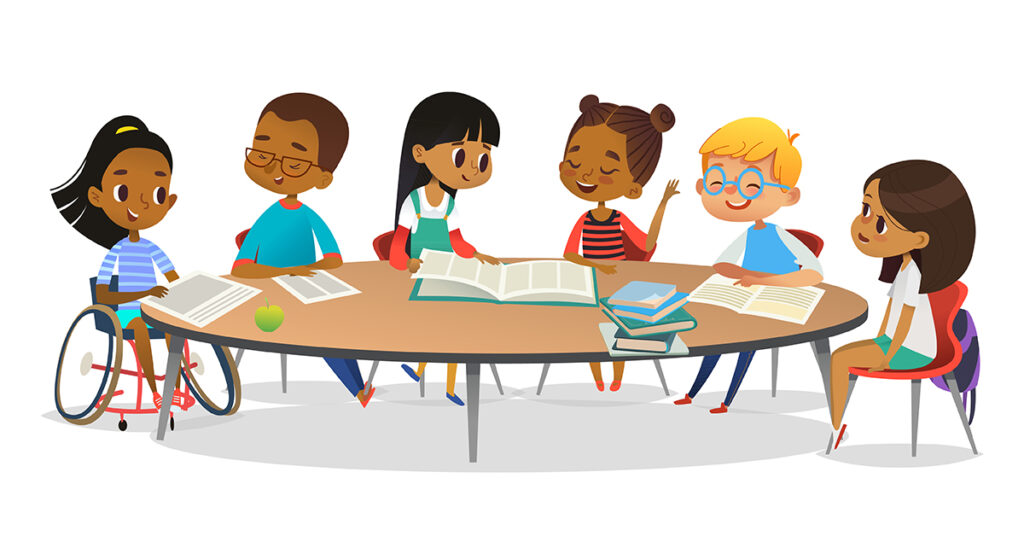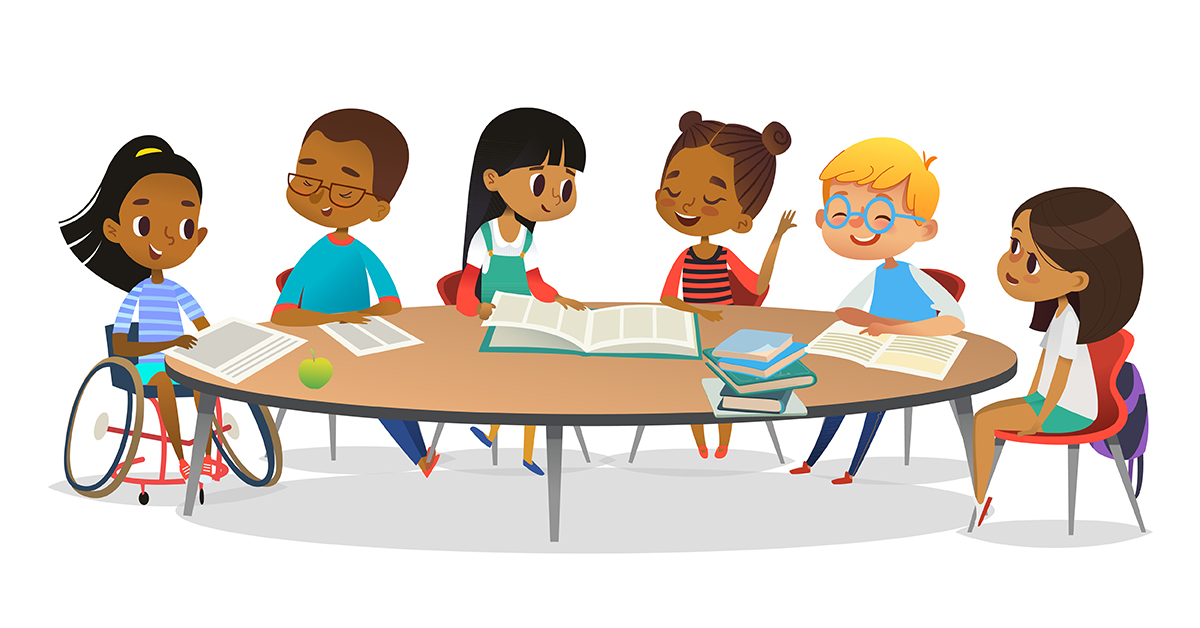
Exploring Diversity in Children’s Literature: Why It Matters
Children’s literature plays a crucial role in shaping young minds, influencing their understanding of the world and their place within it. The presence – or absence – of diversity in these books profoundly impacts how children perceive themselves and others. This article delves into the importance of diversity in children’s literature, examining its benefits, challenges, and the ongoing efforts to create a more inclusive and representative literary landscape. The discussion of children’s literature on diversity is not merely academic; it’s about fostering empathy, understanding, and a sense of belonging in future generations.
The Importance of Representation
Representation in children’s literature on diversity matters because it allows children to see themselves reflected in the stories they read. When children from marginalized groups see characters who look like them, share their cultural background, or experience similar challenges, it validates their existence and experiences. This can boost their self-esteem, confidence, and sense of belonging. Conversely, the absence of representation can lead to feelings of invisibility, alienation, and low self-worth. It’s crucial that books reflect the rich tapestry of human experience.
Mirrors and Windows
Rudine Sims Bishop, a renowned scholar of children’s literature on diversity, famously described books as both mirrors and windows. Mirrors allow children to see themselves reflected in the story, while windows offer glimpses into the lives and experiences of others. A truly diverse collection of children’s literature on diversity provides both, enabling children to understand and appreciate different perspectives. Without diverse representation, children only see one type of story, which can lead to a skewed understanding of the world. This is particularly important in shaping their understanding of children’s literature on diversity issues.
Benefits of Diversity in Children’s Literature
The benefits of including children’s literature on diversity extend beyond individual self-esteem. Exposure to diverse stories helps children develop empathy, critical thinking skills, and a broader understanding of the world. It challenges stereotypes, promotes inclusivity, and fosters respect for differences. Here are some key benefits:
- Empathy Development: Reading about characters from different backgrounds helps children understand and share the feelings of others.
- Critical Thinking: Diverse stories often present different perspectives and challenge assumptions, encouraging children to think critically about the world around them.
- Cultural Awareness: Exposure to different cultures through literature broadens children’s understanding of the world and promotes cultural sensitivity.
- Social Justice: Diverse children’s literature on diversity can raise awareness of social justice issues and inspire children to become agents of change.
- Improved Literacy Skills: Engaging stories with diverse characters and themes can motivate children to read more and improve their literacy skills.
Challenges in Achieving Diversity
Despite the growing recognition of the importance of children’s literature on diversity, several challenges remain in achieving true representation. These challenges include:
Lack of Representation
While progress has been made, many marginalized groups are still underrepresented in children’s literature on diversity. This includes people of color, LGBTQ+ individuals, people with disabilities, and individuals from diverse socioeconomic backgrounds. The stories that are told often reinforce stereotypes or present a single, narrow view of a particular group. The lack of representation extends to the creators of these stories as well. There are relatively few authors and illustrators from diverse backgrounds, which can limit the authenticity and depth of the representation. The need for more diverse voices in creating children’s literature on diversity is paramount.
Stereotypes and Misrepresentation
Even when diverse characters are included, they are often portrayed in stereotypical or inaccurate ways. This can perpetuate harmful biases and reinforce negative perceptions. For example, characters of color may be depicted as poor or uneducated, while LGBTQ+ characters may be portrayed as one-dimensional or defined solely by their sexual orientation or gender identity. It’s essential that diverse characters are portrayed with complexity, nuance, and respect. The impact of harmful stereotypes in children’s literature on diversity is significant.
Accessibility and Availability
Even when diverse books are available, they may not be accessible to all children. Cost, language barriers, and limited distribution can prevent children from marginalized communities from accessing these books. Libraries and schools play a crucial role in providing access to diverse children’s literature on diversity, but funding and resources are often limited. Ensuring that all children have access to diverse books is essential for promoting equity and inclusion.
Strategies for Promoting Diversity in Children’s Literature
To overcome these challenges and promote greater diversity in children’s literature on diversity, several strategies can be implemented:
Supporting Diverse Authors and Illustrators
One of the most effective ways to ensure authentic and nuanced representation is to support authors and illustrators from diverse backgrounds. This includes providing mentorship opportunities, promoting their work, and ensuring that they are fairly compensated. Organizations like We Need Diverse Books are working to increase the number of diverse voices in the publishing industry. [See also: We Need Diverse Books Initiative]
Evaluating Books Critically
Parents, educators, and librarians should evaluate books critically to ensure that they are free of stereotypes and misrepresentations. This includes considering the author’s background, the portrayal of diverse characters, and the overall message of the story. Resources like the Cooperative Children’s Book Center provide reviews and recommendations for diverse books. It’s important to engage with children’s literature on diversity in a thoughtful and informed manner.
Creating Inclusive Classrooms and Libraries
Schools and libraries should strive to create inclusive environments that celebrate diversity and promote respect for differences. This includes curating diverse book collections, hosting author visits, and incorporating diverse perspectives into the curriculum. Educators should also be trained to facilitate discussions about diversity and social justice. The physical space and the learning materials should reflect the diversity of the community and the world.
Advocating for Policy Changes
Advocating for policies that support diversity in publishing and education is also essential. This includes lobbying for increased funding for libraries and schools, supporting legislation that promotes inclusive curriculum, and advocating for greater representation in the media. Collective action is needed to create systemic change. Recognizing the impact of children’s literature on diversity is a crucial step.
Examples of Diverse Children’s Literature
There are many excellent examples of children’s literature on diversity that can be used to promote empathy, understanding, and inclusivity. Here are a few examples:
- The Skin You Live In by Michael Tyler: Celebrates the beauty and diversity of skin colors.
- Last Stop on Market Street by Matt de la Peña: Explores themes of community, gratitude, and socioeconomic diversity.
- Julian Is a Mermaid by Jessica Love: A heartwarming story about a young boy who dreams of becoming a mermaid and the importance of acceptance.
- Separate Is Never Equal: Sylvia Mendez and Her Family’s Fight for Desegregation by Duncan Tonatiuh: Tells the true story of Sylvia Mendez and her family’s fight to desegregate schools in California.
- Amina’s Voice by Hena Khan: A coming-of-age story about a Pakistani-American girl who struggles to balance her cultural identity with her desire to fit in.
These are just a few examples of the many wonderful diverse books available for children. By seeking out and sharing these stories, we can help children develop a deeper understanding and appreciation of the world around them.
The Future of Diversity in Children’s Literature
The future of children’s literature on diversity looks promising, with a growing number of authors, illustrators, and publishers committed to creating inclusive and representative stories. However, continued effort is needed to ensure that all children have access to books that reflect their experiences and broaden their understanding of the world. By supporting diverse voices, evaluating books critically, and advocating for policy changes, we can create a more equitable and inclusive literary landscape for future generations. The ongoing conversation surrounding children’s literature on diversity is vital for positive change.
Conclusion
Children’s literature on diversity is not just a trend; it’s a necessity. It plays a vital role in shaping young minds, fostering empathy, and promoting inclusivity. By providing children with access to diverse books, we can help them develop a deeper understanding and appreciation of the world around them, and empower them to become agents of change. The impact of these stories extends far beyond the pages of a book, shaping the future of our society. Investing in children’s literature on diversity is an investment in a more just and equitable world. The key is to continue prioritizing and promoting children’s literature on diversity for a better future.

